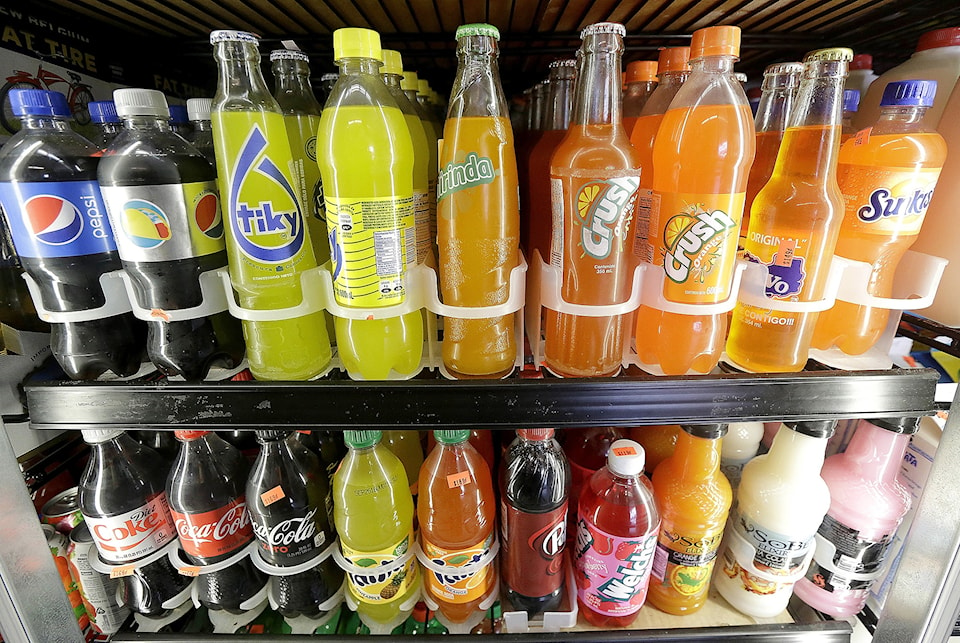Everyday as I walk down the corridors of the school hallways, I see the same recurring brands: Mcdonald’s, Tim Hortons, Subway.
It almost seems harmless for us to grab a quick bite from our favorite fast-food chains; they’re quick, convenient and delicious.
However, what we often overlook or forget are the inherent health issues that follow as a result of consuming unhealthy foods.
As my school is situated near a Tim Hortons establishment, students naturally flock there when cafeteria line-ups grow too long. Aside from sandwiches, iced cappuccinos and slushies are some of the go to beverage choices for teens. But unbeknownst to them, their favorite drinks contain 33 grams of sugar.
Is that a lot, you may ask.
I’ll let you decide.
According to the World Health Organization guidelines, adults and children should have a recommended daily sugar intake of only 25 g. Yes, that delicious cup of iced coffee alone just exceeded your daily recommendation of sugar by 32 per cent, and that’s not counting any other food you may eat that, according to the WHO, contains “hidden” sugars, which are often not thought of as sweets, such as breads, cereals, granola, and salad dressings.
Information from Statistics Canada, a government-run organization, reports that, in 2014, 20.2 per cent of Canadians 18 or older were classified as obese, and if projections continue as predicted, we will only see that number increase over time.
Why is this happening?
It’s simply a matter of human biology. Over time, humans have adapted to enjoy the taste of sweet and fatty foods as they contain precious energy and were a scarcity during the early scavenger times of humanity. Unfortunately, in the present day, the later fact no longer applies.
This means that our body stores the energy of most fatty and sugary foods even though our daily meals are repleted with nutrients and calories. Moreover, the decrease in physical activity in modern times means that people have a reduced chance to exercise and burn that stored energy.
Curious about the sugar content of everyday product, I conducted a mini-experiment at home. I bought one litre of a carbonated beverage and boiled away the water content and what I found next surprised me. Almost a quarter of the beverage content is composed of a sugary syrup. According to the nutritional label, the sugar content amasses to 90 g. That’s equivalent to nine tablespoons of sugar, more than 360 per cent than the WHO recommendation.
What I’ve learned is that it’s not only better to cut back on sugar consumption from day to day, but that it’s also beneficial to eat home-cooked meals. Unlike food served at fast-food restaurants, home cooked foods are fresher and more nutritional. Since they are homemade, you can also have the added benefit of perfecting your cooking skills, as well as knowing exactly what goes into your food.
In a world where we no longer have to fend off ravenous predators, let’s work together to fend off nasty health hazards.
David Wang is a student at Garibaldi secondary.
